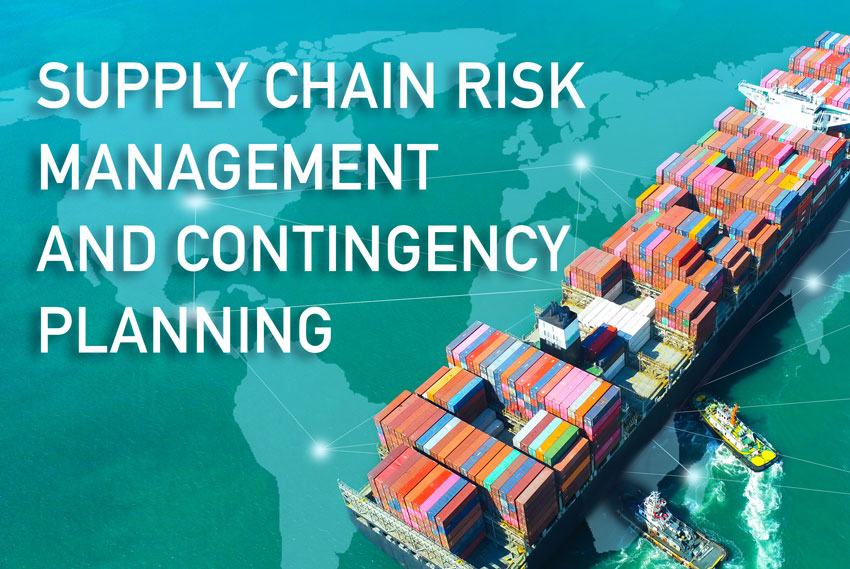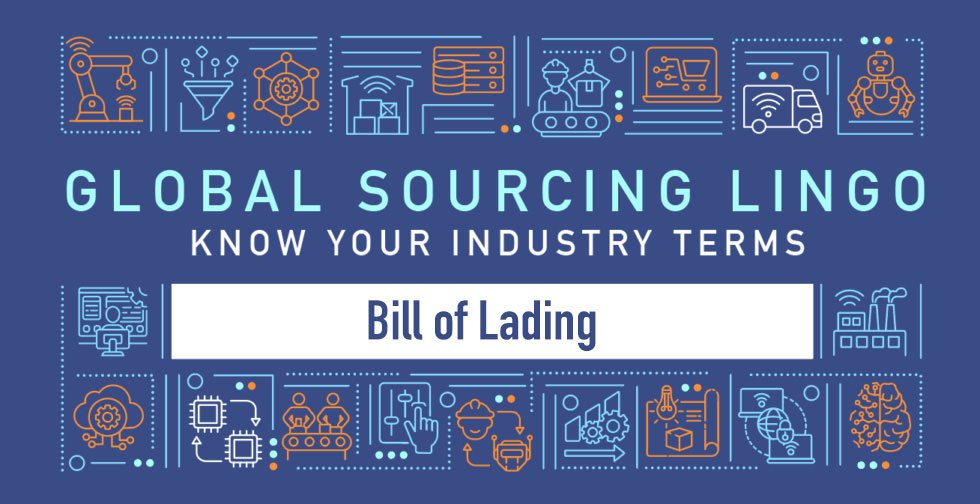The ocean carriers are still posting ridiculously profitable quarters.
Ocean carriers are posting ridiculously profitable quarters in 2020. Under normal circumstances this would not be a problem, everyone deserves to make a profit. However, manipulating capacity and pricing through a variety of monopolist (sorry, oligopolist) tactics feels wrong. Especially in 2020 when most countries and businesses are reeling from the COVID-19 pandemic. Now that capacity has somewhat stabilized (wink, wink), the peak shipping season leading up to the holidays has arrived causing the issue to persist. Relief looks to be on hold for the time being as we collectively hold our breath.
Chinese New Year
The Lunar New Year Holiday, commonly referred to as the Chinese New Year, occurred in late January this year with New Year’s Day falling on the 25th. Each year, this holiday triggers the largest annual human migration as hundreds of millions of Chinese citizens return to their hometowns to celebrate with family and loved ones. Unfortunately for businesses around the world, the Chinese government locked down virtually all intra-China travel this year after their citizens had arrived in their home regions. This travel lockdown lasted for weeks and brought the Chinese manufacturing sector to a grinding halt. As the restrictions were eased in March / April businesses were allowed to re-open across the country but often at drastically reduced capacity due to worker shortages. It was not until May that workers traveled back, returned to their jobs, and the manufacturing sector returned to “normal” output levels. It would take companies until well into the summer to clear out the backlog and return to pre-pandemic production lead-times.
Global supply chain disruption
As China was moving towards reopening factories, the rest of the world was locking down. Customers across the Western World, who had been clamoring for Chinese-made items for weeks, were now sending their employees home, reducing or completely shutting down operations, and generally slamming the brakes on the products that were now once again available to them. The disruption to the global supply chain basically mirrored the spread of COVID-19. The illness started in China and spread to the world. The interference to global manufacturing started in China and spread to the world. The short-term life cycle of this unprecedented global production event was approximately six (6) months. From late-January to mid-summer, the “flat manufacturing world” was shaken to its core. Like sharks off the coast, the steamship lines smelled blood in the water.
General Rate Increases
During China’s shutdown and North America’s subsequent slowdown, the Trans-Pacific Eastbound (TPEB) ocean shipping lane certainly saw a drastic short-term drop in capacity utilization. However, this short-term decline in revenue does not explain nor justify the General Rate Increases (GRI’s) that were pushed through by the TPEB steamship line operators on 06/01, 06/15, and 07/01 respectively. To illustrate the impact of this GRI “hat trick”, in Q1 this year TPEB ocean freight rates were right around $3,000 USD per Twenty-Foot Equivalent Unit (TEU). By mid-July the same TPEB TEU ocean freight rate was at $4,000 USD. Just when the North American manufacturing sector could use a helping hand, the steamship lines raised their prices approximately 33%. In addition, the steamship lines manipulated, and continue to manipulate, capacity by executing blank sailings where a scheduled port stop is skipped. These blank sailings result in containers getting rolled and generate fierce competition for limited space. It is Economics 101; price pressure is upwards in a shortage. So, if you are having a tough year, just join an oligopoly then create and maintain an artificial shortage!
Mechanical Power as a Global Sourcing Company relies on the TPEB shipping lane and the steamship lines that operate in this space. These carriers perform an invaluable service for the global economy. Having said that, they sometimes conduct their business with a level of impunity that hurts their direct customers as well as all other customers downstream of the importers. The current ocean logistics situation, coupled with the Section 301 Tariff and related overall US-Sino trade dispute, has made 2020 a challenging year for all importers that rely on China for a wide variety of products. Nobody truly knows what 2021 will bring for all of us. In the meantime, I will continue doing what Americans have always done, suit up, show up, and get the job done to the best of my abilities.
Author: James Rabey & Daniel Szwed
SOURCES & FURTHER READING
Ocean & Sea freight Shipping: Rates, Quotes and Services
https://www.freightos.com/freight-resources/ocean-freight-explained/
Zim, Evergreen Q2 results notch strongest profits in years
https://www.joc.com/maritime-news/container-lines/carriers-brush-covid-19-effects-solid-first-half_20200819.html
How China locked down internally for COVID-19, but pushed foreign travel
https://economictimes.indiatimes.com/blogs/Whathappensif/how-china-locked-down-internally-for-covid-19-but-pushed-foreign-travel/

Resourceful and innovative Marketing Pro, with 20+ years of progressive experience in the marketing and creative technology industry. Responsible for digital and traditional marketing efforts that promotes brand awareness, increases engagement, and drives revenue.



















